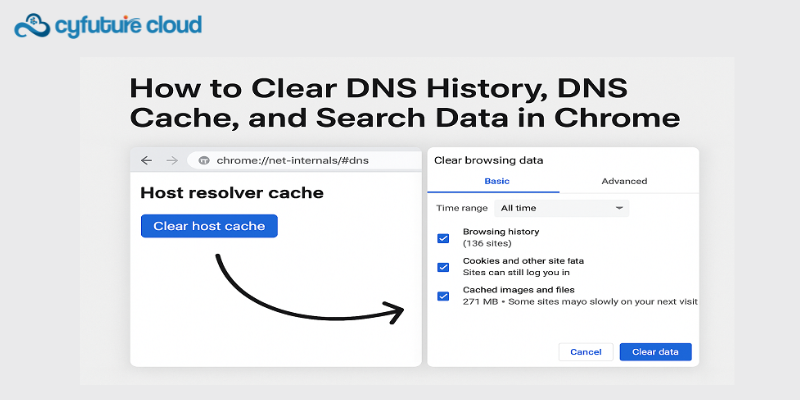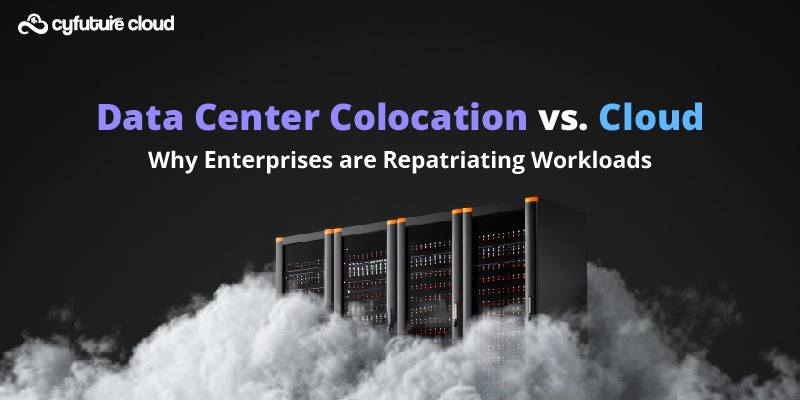Get 69% Off on Cloud Hosting : Claim Your Offer Now!
- Products
-
Compute
Compute
- Predefined TemplatesChoose from a library of predefined templates to deploy virtual machines!
- Custom TemplatesUse Cyfuture Cloud custom templates to create new VMs in a cloud computing environment
- Spot Machines/ Machines on Flex ModelAffordable compute instances suitable for batch jobs and fault-tolerant workloads.
- Shielded ComputingProtect enterprise workloads from threats like remote attacks, privilege escalation, and malicious insiders with Shielded Computing
- GPU CloudGet access to graphics processing units (GPUs) through a Cyfuture cloud infrastructure
- vAppsHost applications and services, or create a test or development environment with Cyfuture Cloud vApps, powered by VMware
- Serverless ComputingNo need to worry about provisioning or managing servers, switch to Serverless Computing with Cyfuture Cloud
- HPCHigh-Performance Computing
- BaremetalBare metal refers to a type of cloud computing service that provides access to dedicated physical servers, rather than virtualized servers.
-
Storage
Storage
- Standard StorageGet access to low-latency access to data and a high level of reliability with Cyfuture Cloud standard storage service
- Nearline StorageStore data at a lower cost without compromising on the level of availability with Nearline
- Coldline StorageStore infrequently used data at low cost with Cyfuture Cloud coldline storage
- Archival StorageStore data in a long-term, durable manner with Cyfuture Cloud archival storage service
-
Database
Database
- MS SQLStore and manage a wide range of applications with Cyfuture Cloud MS SQL
- MariaDBStore and manage data with the cloud with enhanced speed and reliability
- MongoDBNow, store and manage large amounts of data in the cloud with Cyfuture Cloud MongoDB
- Redis CacheStore and retrieve large amounts of data quickly with Cyfuture Cloud Redis Cache
-
Automation
Automation
-
Containers
Containers
- KubernetesNow deploy and manage your applications more efficiently and effectively with the Cyfuture Cloud Kubernetes service
- MicroservicesDesign a cloud application that is multilingual, easily scalable, easy to maintain and deploy, highly available, and minimizes failures using Cyfuture Cloud microservices
-
Operations
Operations
- Real-time Monitoring & Logging ServicesMonitor & track the performance of your applications with real-time monitoring & logging services offered by Cyfuture Cloud
- Infra-maintenance & OptimizationEnsure that your organization is functioning properly with Cyfuture Cloud
- Application Performance ServiceOptimize the performance of your applications over cloud with us
- Database Performance ServiceOptimize the performance of databases over the cloud with us
- Security Managed ServiceProtect your systems and data from security threats with us!
- Back-up As a ServiceStore and manage backups of data in the cloud with Cyfuture Cloud Backup as a Service
- Data Back-up & RestoreStore and manage backups of your data in the cloud with us
- Remote Back-upStore and manage backups in the cloud with remote backup service with Cyfuture Cloud
- Disaster RecoveryStore copies of your data and applications in the cloud and use them to recover in the event of a disaster with the disaster recovery service offered by us
-
Networking
Networking
- Load BalancerEnsure that applications deployed across cloud environments are available, secure, and responsive with an easy, modern approach to load balancing
- Virtual Data CenterNo need to build and maintain a physical data center. It’s time for the virtual data center
- Private LinkPrivate Link is a service offered by Cyfuture Cloud that enables businesses to securely connect their on-premises network to Cyfuture Cloud's network over a private network connection
- Private CircuitGain a high level of security and privacy with private circuits
- VPN GatewaySecurely connect your on-premises network to our network over the internet with VPN Gateway
- CDNGet high availability and performance by distributing the service spatially relative to end users with CDN
-
Media
-
Analytics
Analytics
-
Security
Security
-
Network Firewall
- DNATTranslate destination IP address when connecting from public IP address to a private IP address with DNAT
- SNATWith SNAT, allow traffic from a private network to go to the internet
- WAFProtect your applications from any malicious activity with Cyfuture Cloud WAF service
- DDoSSave your organization from DoSS attacks with Cyfuture Cloud
- IPS/ IDSMonitor and prevent your cloud-based network & infrastructure with IPS/ IDS service by Cyfuture Cloud
- Anti-Virus & Anti-MalwareProtect your cloud-based network & infrastructure with antivirus and antimalware services by Cyfuture Cloud
- Threat EmulationTest the effectiveness of cloud security system with Cyfuture Cloud threat emulation service
- SIEM & SOARMonitor and respond to security threats with SIEM & SOAR services offered by Cyfuture Cloud
- Multi-Factor AuthenticationNow provide an additional layer of security to prevent unauthorized users from accessing your cloud account, even when the password has been stolen!
- SSLSecure data transmission over web browsers with SSL service offered by Cyfuture Cloud
- Threat Detection/ Zero DayThreat detection and zero-day protection are security features that are offered by Cyfuture Cloud as a part of its security offerings
- Vulnerability AssesmentIdentify and analyze vulnerabilities and weaknesses with the Vulnerability Assessment service offered by Cyfuture Cloud
- Penetration TestingIdentify and analyze vulnerabilities and weaknesses with the Penetration Testing service offered by Cyfuture Cloud
- Cloud Key ManagementSecure storage, management, and use of cryptographic keys within a cloud environment with Cloud Key Management
- Cloud Security Posture Management serviceWith Cyfuture Cloud, you get continuous cloud security improvements and adaptations to reduce the chances of successful attacks
- Managed HSMProtect sensitive data and meet regulatory requirements for secure data storage and processing.
- Zero TrustEnsure complete security of network connections and devices over the cloud with Zero Trust Service
- IdentityManage and control access to their network resources and applications for your business with Identity service by Cyfuture Cloud
-
-
Compute
- Solutions
-
Solutions
Solutions
-
 Cloud
Hosting
Cloud
Hosting
-
 VPS
Hosting
VPS
Hosting
-
GPU Cloud
-
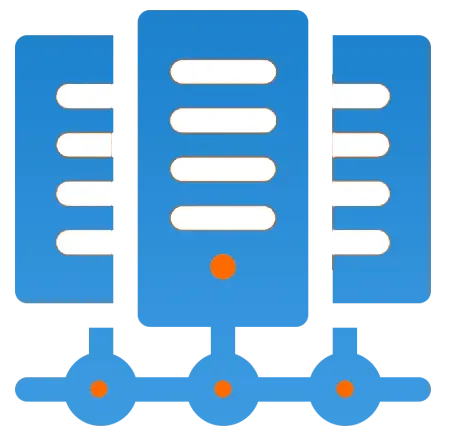 Dedicated
Server
Dedicated
Server
-
 Server
Colocation
Server
Colocation
-
 Backup as a Service
Backup as a Service
-
 CDN
Network
CDN
Network
-
 Window
Cloud Hosting
Window
Cloud Hosting
-
 Linux
Cloud Hosting
Linux
Cloud Hosting
-
Managed Cloud Service
-
Storage as a Service
-
 VMware
Public Cloud
VMware
Public Cloud
-
 Multi-Cloud
Hosting
Multi-Cloud
Hosting
-
 Cloud
Server Hosting
Cloud
Server Hosting
-
 Bare
Metal Server
Bare
Metal Server
-
 Virtual
Machine
Virtual
Machine
-
 Magento
Hosting
Magento
Hosting
-
Remote Backup
-
 DevOps
DevOps
-
 Kubernetes
Kubernetes
-
 Cloud
Storage
Cloud
Storage
-
NVMe Hosting
-
 DR
as s Service
DR
as s Service
-
-
Solutions
- Marketplace
- Pricing
- Resources
- Resources
-
By Product
Use Cases
-
By Industry
- Company
-
Company
Company
-
Company
What is a Content Delivery Network (CDN)? | How Do CDNs Work?
Table of Contents
In today’s digital era, where milliseconds can decide whether a user stays or leaves your website, speed, reliability, and security are critical. This is where a Content Delivery Network (CDN) comes into play—a technology backbone that powers much of the modern web, from streaming your favorite shows to ensuring your online shopping cart doesn’t lag. But what exactly is a CDN, and how does it work to transform the digital experience? Let’s dive in.
What is a Content Delivery Network (CDN)?
A Content Delivery Network (CDN) is a geographically distributed network of servers designed to deliver web content quickly, efficiently, and securely to users, regardless of their location. Rather than relying on a single origin server, CDNs cache copies of content—such as HTML pages, images, videos, and scripts—on multiple servers around the globe, known as edge servers or Points of Presence (PoPs).
Key facts:
- CDNs serve over half of all global web traffic today, powering major sites like Facebook, Netflix, and Amazon.
- The CDN market is projected to reach $49.6 billion by 2027, reflecting the surging demand for faster, more reliable web experiences.
How Do CDNs Work?
At its core, a CDN works by bringing content closer to the end user. Here’s how the process unfolds:
- Content Caching: When a user requests a web page, the CDN automatically routes the request to the nearest edge server, which delivers cached content if available. If not, the edge computing server fetches it from the origin server and caches it for future requests.
- Geographic Distribution: By distributing servers across various locations worldwide, CDNs minimize the distance data travels, dramatically reducing latency—the delay before a transfer of data begins following an instruction.
- Load Balancing: CDNs use intelligent algorithms to distribute traffic efficiently, preventing any single server from becoming overwhelmed and ensuring high availability—even during traffic spikes.
- Security Enhancements: Many CDNs provide built-in security features such as DDoS protection and Web Application Firewalls (WAFs), helping to safeguard websites from common cyber threats.
“A CDN is a network of servers linked together with the goal of delivering content as quickly, cheaply, reliably, and securely as possible.”
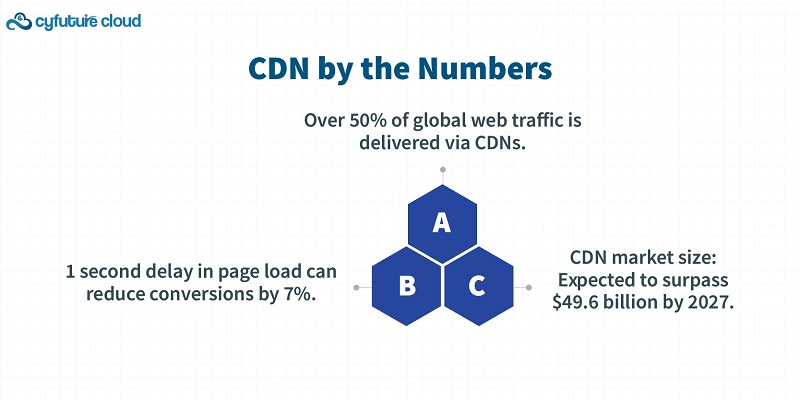
CDN by the Numbers
- Over 50% of global web traffic is delivered via CDNs.
- 1 second delay in page load can reduce conversions by 7%.
- CDN market size: Expected to surpass $49.6 billion by 2027.
Why Are CDNs Important?
Speed and Performance
- Faster Load Times: By serving content from a server close to the user, CDNs can reduce website load times by up to 50% or more.
- Reduced Latency: Every 100ms of latency can decrease conversion rates by 7%—CDNs help keep latency to a minimum.
Reliability and Uptime
- Redundancy: If one server fails, others can seamlessly take over, ensuring continuous availability.
- Traffic Management: CDNs can handle sudden surges in traffic, such as during major sales or viral events, without crashing.
Cost Efficiency
- Bandwidth Savings: By caching content, CDNs reduce the amount of data an origin server must provide, lowering bandwidth costs for website owners.
Security
- DDoS Mitigation: CDNs absorb and mitigate large-scale attacks, protecting websites from downtime and data breaches.
Real-World Applications of CDNs
- Streaming Media: Platforms like Netflix and YouTube use CDNs to deliver high-quality video with minimal buffering.
- E-commerce: Online retailers rely on CDNs to ensure fast, secure transactions for customers worldwide.
- Software Distribution: Tech companies distribute updates and downloads globally via CDNs to ensure speed and reliability.
CDN Architecture: Key Components
|
Component |
Role |
|
Origin Server |
Stores the original version of content |
|
Edge Server |
Caches and delivers content closer to users |
|
PoP (Point of Presence) |
Data center housing edge servers for efficient regional delivery |
|
DNS Server |
Directs user requests to the optimal CDN server |
The Unseen Backbone of the Internet
For over two decades, CDNs have formed the unseen backbone of the internet, enabling businesses to deliver rich, interactive, and secure experiences at scale. Whether you’re watching a live sporting event, shopping online, or scrolling through social media, a CDN is likely working behind the scenes to make your experience seamless.
In summary
A Content Delivery Network is essential for any modern website or application that values speed, reliability, and security. By caching content closer to users and intelligently managing web traffic, CDNs have become indispensable tools for businesses looking to thrive in an increasingly digital world.
Recent Post

Stay Ahead of the Curve.
Join the Cloud Movement, today!
© Cyfuture, All rights reserved.
Send this to a friend

 Pricing
Calculator
Pricing
Calculator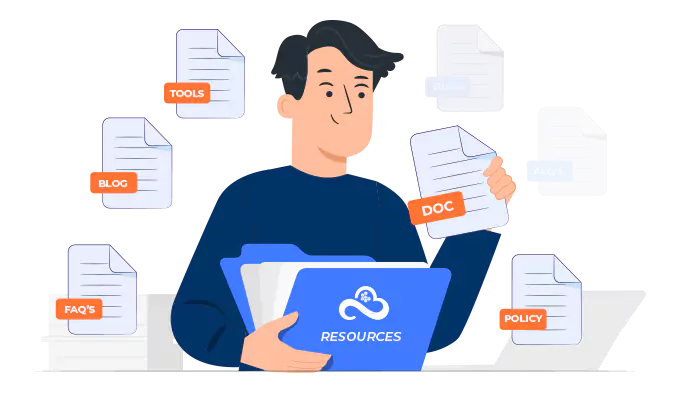
 Power
Power
 Utilities
Utilities VMware
Private Cloud
VMware
Private Cloud VMware
on AWS
VMware
on AWS VMware
on Azure
VMware
on Azure Service
Level Agreement
Service
Level Agreement 









